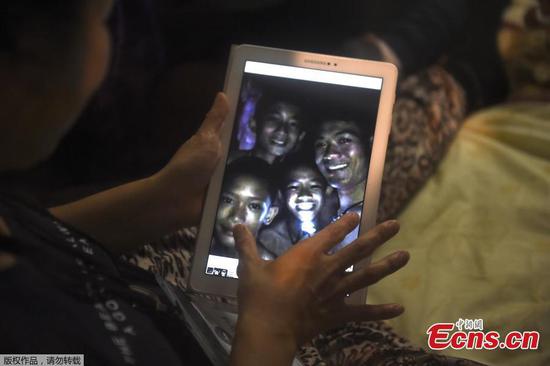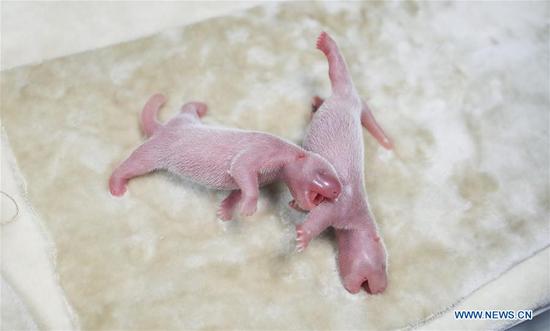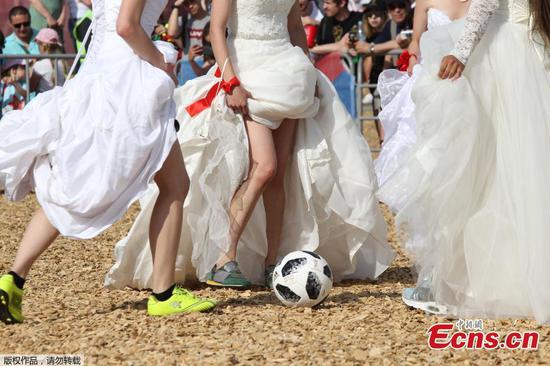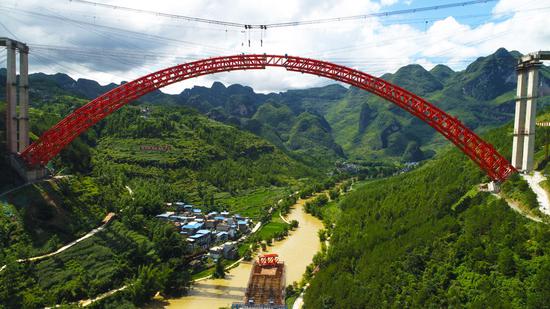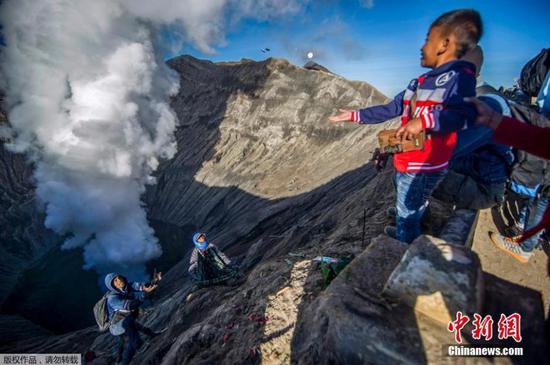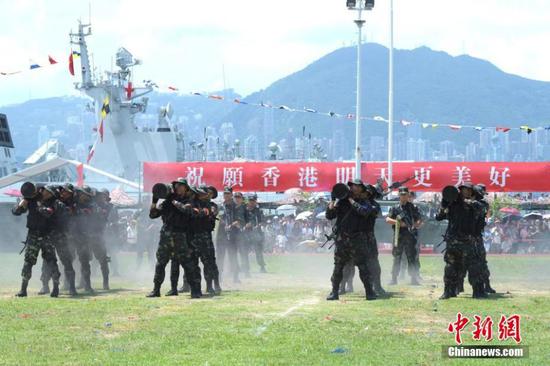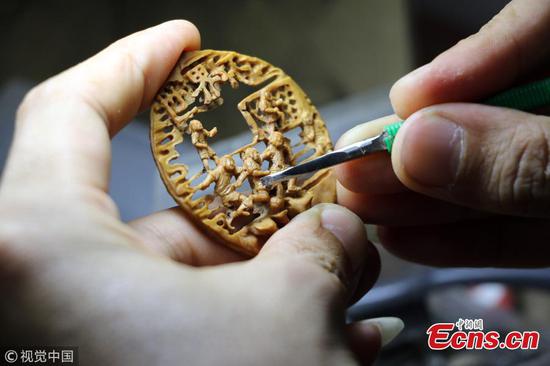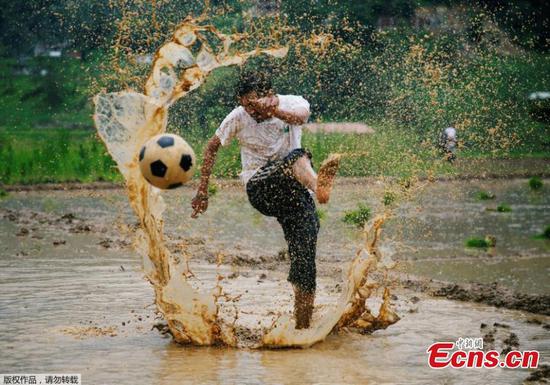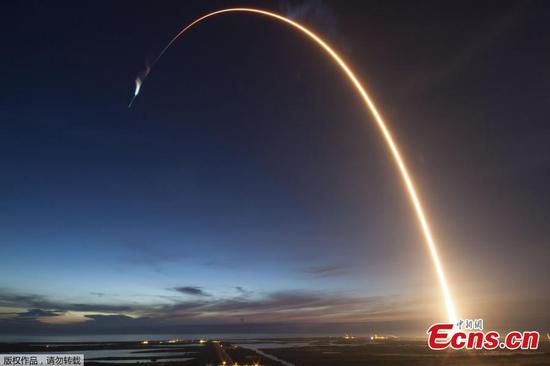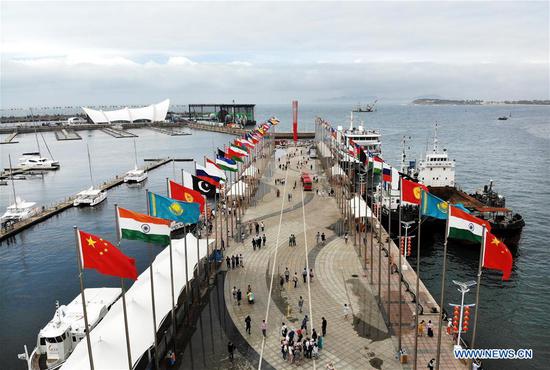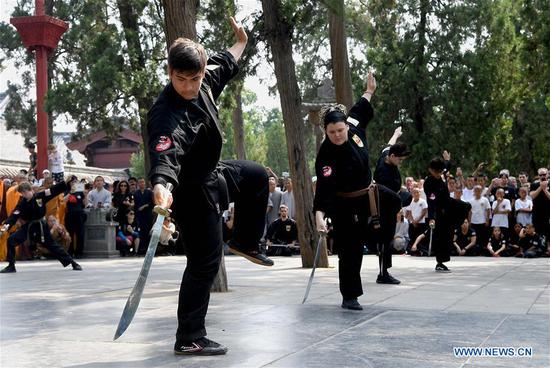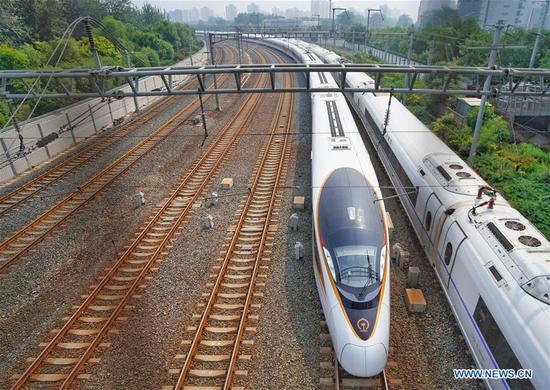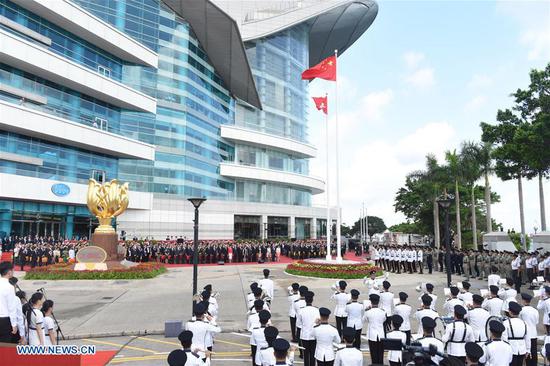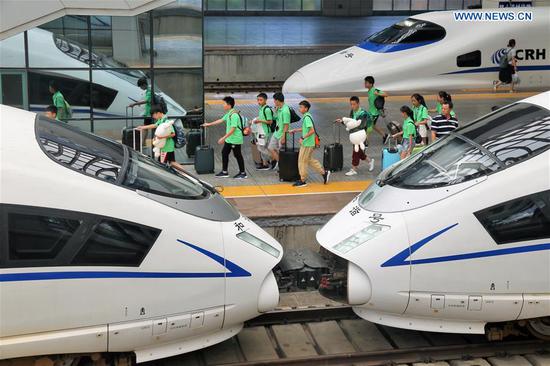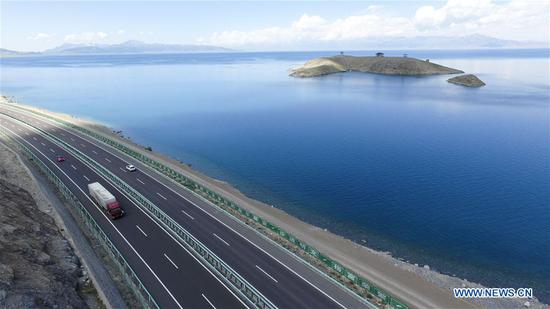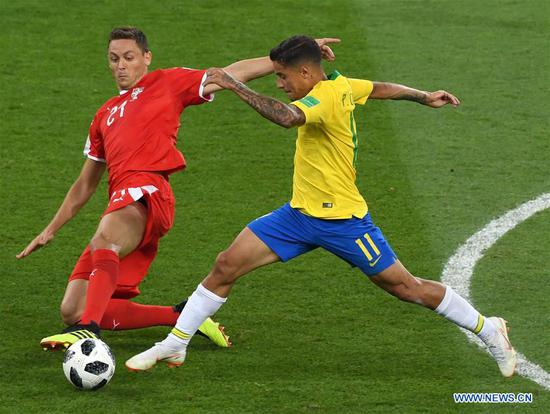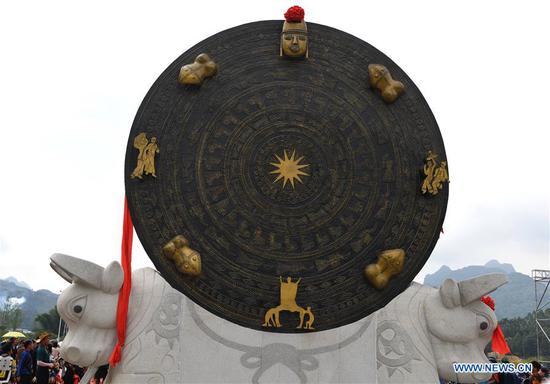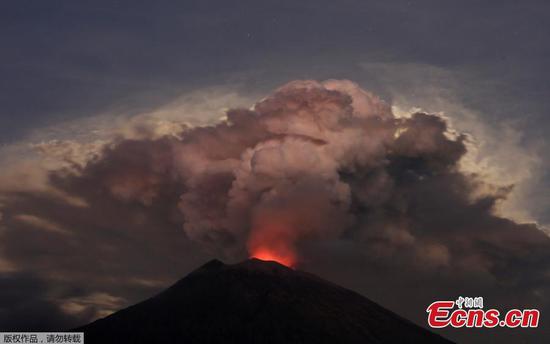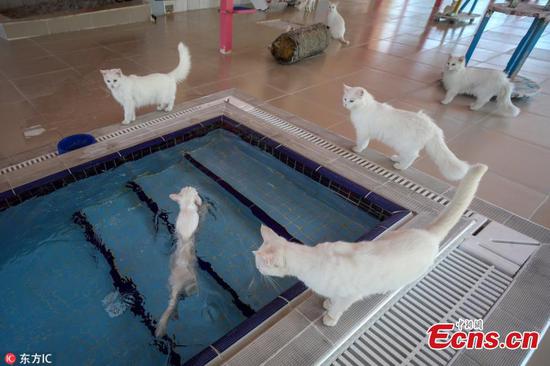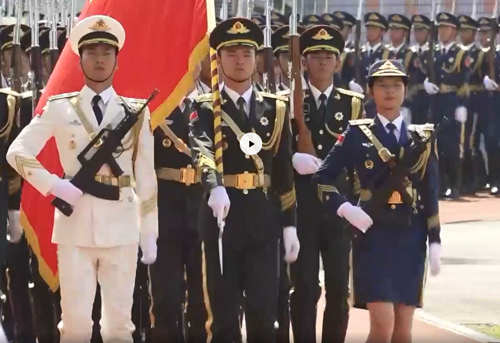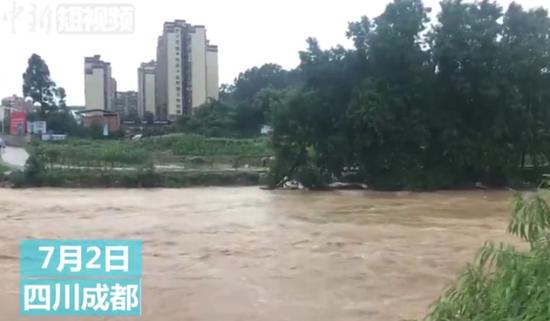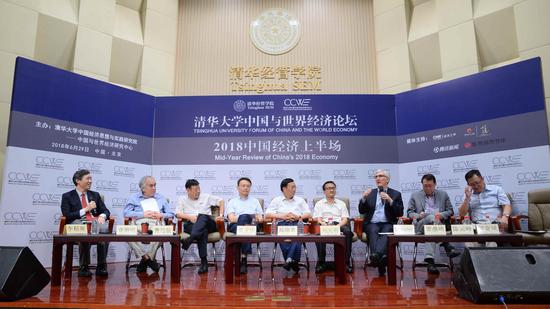
Tsinghua University Forum of China and The World Economy on June 29, 2018. /CCWE Photo
China’s economic growth became increasingly resilient and sustainable in the first half of 2018, but trade disputes with the U.S. remain a major risk for the rest of the year, experts said in a mid-year review of China’s economy.?
Looming trade tensions
The first round of tariff increases announced by China and the U.S. looks certain to happen on Friday as scheduled, but further escalation should be avoided, experts said during a forum at Tsinghua University last Friday.?
“We are going to have some serious trade tensions for a long time” because of the differences between China and the U.S. in terms of their economic systems, said Tim Stratford, former assistant U.S. Trade Representative from 2005 to 2010.
The bilateral trade deficit is not the real problem, said Stratford, noting considering the federal budget deficit of U.S. and its low saving rate, the world’s largest economy has to import products and there is “nothing China can do to solve the problem by its side.”?
However, the underlying cause of the tension is that the Trump administration believes the U.S. is being “bullied” by the so-called “socialist market economy with Chinese characteristics”, an economic system in which the government plays a stronger role than in the U.S. economy, according to Stratford.
Jia Qingguo, Dean of the School of International Studies of Peking University, agreed with Stratford and said the U.S. regards the Chinese industries backed by the “Made in China 2025” strategy as new threats.
The U.S. used to believe government intervention would weaken the economy, but the growing Chinese economy has made the U.S. worried, Jia said.
China is not looking to replace the so-called “U.S. model,” and the “Chinese model” is not for other countries to copy, Jia said. “We only proved that a country can achieve development based on its own conditions instead of imitating the West.”
The two sides should keep negotiating to avoid escalating trade tensions and in a bid to narrow the gap between the two economies, China can enlarge the role of the market as it has promised, Jia noted.?
Sustainable growth in H1
After two years of supply-side reform, the supply-side has shown a stronger performance, according to a mid-year review of China’s economy in 2018, released by Tsinghua University’s Center for China in the World Economy (CCWE) over the weekend.
In the first five months of this year, China’s value-added and profits of industry above designated size grew 6.9 percent and 16.5 percent respectively year-on-year.
Meanwhile, private investment and investment in manufacturing industry, which represents a self-motivated growth engine, have continued to recover momentum.?
From January to May, private investment increased 8.1 percent year-on-year, accounting for 59.3 percent of total fixed asset investment, 1.1 percentage points higher than the same period last year, official data showed.
Private investment has played a key role in maintaining stable investment growth, indicating the healthy development of the real economy in China, the CCWE report said.
However, during the same period, the dramatic decline in credit growth and lending from “shadow banks” under a push for deleveraging and tighter financial regulations, infrastructure investment saw year-on-year growth drop to less than 10 percent for the first time in seven years, according to the report.?
Experts at Friday’s Tsinghua forum said they believe China’s wider economic system is following a stable trend, but financial risks remain a major concern, with the correct balance needed between deleveraging and stable liquidity.
China should continue deleveraging, but its implementation should be more accurate, said Li Daokui, director of the CCWE.
According to data including banks’ non-performing loans, progress on bankruptcies and reorganizing “zombie enterprises” remains slow, the report said, noting that structural deleveraging should target inefficient companies to release occupied financial, land and human resources.?









